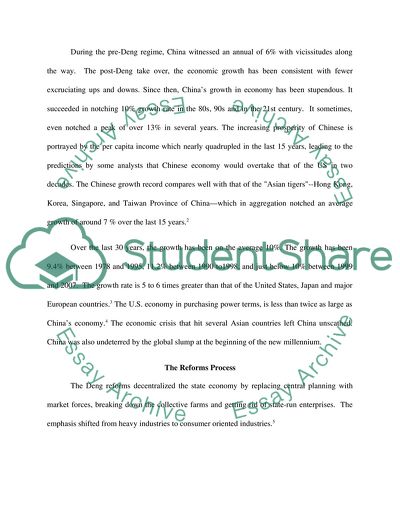Cite this document
(The Chinese Economic Growth - a Miracle or a Mission Accomplished Case Study, n.d.)
The Chinese Economic Growth - a Miracle or a Mission Accomplished Case Study. Retrieved from https://studentshare.org/macro-microeconomics/1732077-china-economy
The Chinese Economic Growth - a Miracle or a Mission Accomplished Case Study. Retrieved from https://studentshare.org/macro-microeconomics/1732077-china-economy
(The Chinese Economic Growth - a Miracle or a Mission Accomplished Case Study)
The Chinese Economic Growth - a Miracle or a Mission Accomplished Case Study. https://studentshare.org/macro-microeconomics/1732077-china-economy.
The Chinese Economic Growth - a Miracle or a Mission Accomplished Case Study. https://studentshare.org/macro-microeconomics/1732077-china-economy.
“The Chinese Economic Growth - a Miracle or a Mission Accomplished Case Study”. https://studentshare.org/macro-microeconomics/1732077-china-economy.


